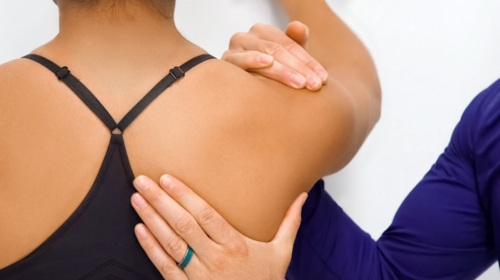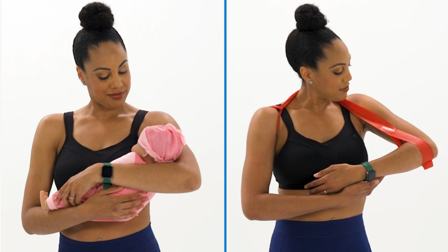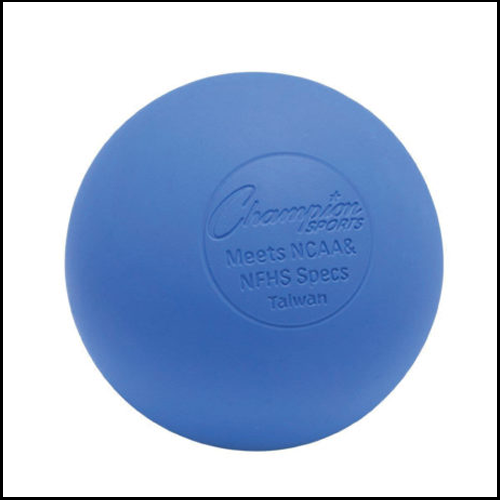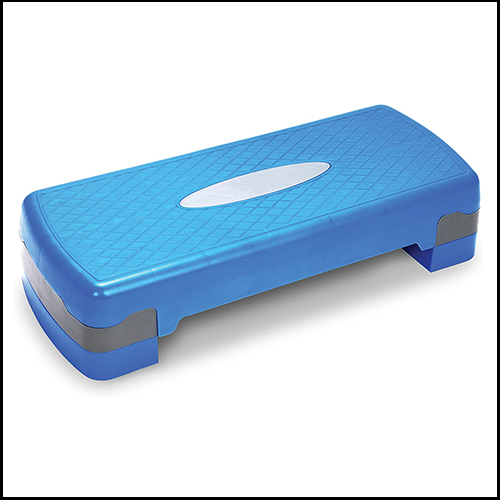- Lightweight
- NFHS Certified
- 100% Rubber
-
 This continuing education course is hosted on the Medbridge platform and teaches you how to use the movement system to assess, diagnose, and treat athlete movement dysfunction. The course is highly interactive. After analyzing human movement, you will integrate concepts of mobility, muscle performance, and symptom modification procedures into movement-based classifications. You will learn how to develop interventions based on observed faulty movement patterns and integrate sport-specific treatments into a systematic framework that addresses the athlete's spine.
This continuing education course is hosted on the Medbridge platform and teaches you how to use the movement system to assess, diagnose, and treat athlete movement dysfunction. The course is highly interactive. After analyzing human movement, you will integrate concepts of mobility, muscle performance, and symptom modification procedures into movement-based classifications. You will learn how to develop interventions based on observed faulty movement patterns and integrate sport-specific treatments into a systematic framework that addresses the athlete's spine. -
 This is an interactive course that will teach you how to identify faulty humeral alignment and movement patterns in the shoulder by analyzing patient posture and movement. You will learn how to use components of the movement system to classify patients with humeral movement faults and mechanical shoulder pain. Based on movement classifications, you will hypothesize mobility and muscle performance deficits contributing to a patient's symptoms. You will integrate symptom modification procedures into your interventions and learn how to restore optimal posture and movement of the humerus.
This is an interactive course that will teach you how to identify faulty humeral alignment and movement patterns in the shoulder by analyzing patient posture and movement. You will learn how to use components of the movement system to classify patients with humeral movement faults and mechanical shoulder pain. Based on movement classifications, you will hypothesize mobility and muscle performance deficits contributing to a patient's symptoms. You will integrate symptom modification procedures into your interventions and learn how to restore optimal posture and movement of the humerus. -
 This is an interactive course that will teach you how to identify faulty scapular alignment and movement patterns in the shoulder by analyzing patient posture and movement. You will learn how to use components of the movement system to classify patients with scapular movement faults and mechanical shoulder pain. Based on movement classifications, you will hypothesize which mobility and muscle performance deficits are contributing to a patient's symptoms. You will integrate symptom modification procedures into your interventions and learn how to restore optimal posture and movement of the scapula.
This is an interactive course that will teach you how to identify faulty scapular alignment and movement patterns in the shoulder by analyzing patient posture and movement. You will learn how to use components of the movement system to classify patients with scapular movement faults and mechanical shoulder pain. Based on movement classifications, you will hypothesize which mobility and muscle performance deficits are contributing to a patient's symptoms. You will integrate symptom modification procedures into your interventions and learn how to restore optimal posture and movement of the scapula. -
 This is an interactive course that will teach you how to identify faulty alignment and movement patterns in the knee by analyzing patient posture and movement. You will learn how to use components of the movement system to classify patients with movement faults and mechanical knee pain. Based on movement classifications, you will hypothesize mobility and muscle performance deficits contributing to a patient's symptoms. You will integrate symptom modification procedures into your interventions and learn how to restore optimal posture and movement of the knee.
This is an interactive course that will teach you how to identify faulty alignment and movement patterns in the knee by analyzing patient posture and movement. You will learn how to use components of the movement system to classify patients with movement faults and mechanical knee pain. Based on movement classifications, you will hypothesize mobility and muscle performance deficits contributing to a patient's symptoms. You will integrate symptom modification procedures into your interventions and learn how to restore optimal posture and movement of the knee. -
 This course will introduce clinicians to best practices for gathering patient history during a telehealth subjective exam. Telehealth continues to be a widely used patient care model, and there are some significant differences in taking a patient's history during a telehealth visit when compared to an in-person visit. This course will go over the essentials for getting started with a subjective exam and how to improve communication remotely, structure a subjective exam in the remote environment, and determine if a patient is appropriate for telehealth.
This course will introduce clinicians to best practices for gathering patient history during a telehealth subjective exam. Telehealth continues to be a widely used patient care model, and there are some significant differences in taking a patient's history during a telehealth visit when compared to an in-person visit. This course will go over the essentials for getting started with a subjective exam and how to improve communication remotely, structure a subjective exam in the remote environment, and determine if a patient is appropriate for telehealth. -
 This course will introduce clinicians to best practices for performing a telehealth objective exam. Telehealth continues to be a widely used patient care model, and there are many differences in performing an objective exam during a telehealth visit when compared to an in-person visit. Most notably, the absence of the ability to perform manual assessments poses a challenge for obtaining accurate tests and measures remotely. This course addresses this challenge by providing alternate strategies for physical tests and measures that clinicians can apply directly to their practice in a telehealth model. This course will cover how to structure the objective exam as well as how to assess posture, movement, mobility, muscle performance, and a variety of other tests and measures during a telehealth visit.
This course will introduce clinicians to best practices for performing a telehealth objective exam. Telehealth continues to be a widely used patient care model, and there are many differences in performing an objective exam during a telehealth visit when compared to an in-person visit. Most notably, the absence of the ability to perform manual assessments poses a challenge for obtaining accurate tests and measures remotely. This course addresses this challenge by providing alternate strategies for physical tests and measures that clinicians can apply directly to their practice in a telehealth model. This course will cover how to structure the objective exam as well as how to assess posture, movement, mobility, muscle performance, and a variety of other tests and measures during a telehealth visit. -
 This course will introduce clinicians to best practices for performing Telehealth interventions. Telehealth continues to be a widely used patient care model and there are differences in providing patient interventions during a telehealth visit when compared to an in-person visit. This course addresses these differences by providing alternate strategies for interventions that clinicians can directly apply to their practice in a telehealth model. This course will cover remote interventions related to neuromuscular re-education, joint/muscle mobility, muscle performance, and patient education
This course will introduce clinicians to best practices for performing Telehealth interventions. Telehealth continues to be a widely used patient care model and there are differences in providing patient interventions during a telehealth visit when compared to an in-person visit. This course addresses these differences by providing alternate strategies for interventions that clinicians can directly apply to their practice in a telehealth model. This course will cover remote interventions related to neuromuscular re-education, joint/muscle mobility, muscle performance, and patient education





